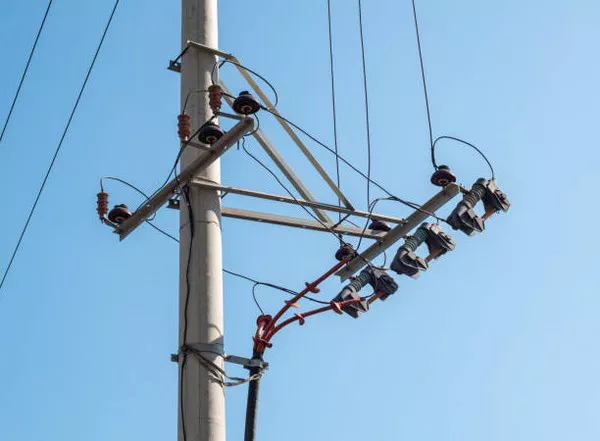Power transformers play a pivotal role in the efficient and reliable distribution of electrical energy within power systems. One crucial location where these transformers are deployed is in electrical substations. Substations serve as crucial nodes in the power grid, facilitating the transformation, distribution, and transmission of electrical energy. In this article, we will delve into the significance of power transformers in substations, their working principles, and their contribution to maintaining a stable and reliable power supply.
The Basics of Power Transformers
Power transformers are essential components in the power infrastructure, responsible for converting electrical energy between different voltage levels. They are designed to step up voltage for long-distance transmission or step down voltage for distribution to end-users. This capability allows for efficient energy transfer and minimizes energy losses during transmission.
In substations, power transformers are classified into two main types: step-up transformers and step-down transformers. Step-up transformers increase the voltage for transmission purposes, while step-down transformers decrease the voltage for local distribution. These transformers are usually oil-filled and consist of a core and winding configuration. The core, typically made of laminated steel, provides a magnetic path for the efficient transfer of energy.
Functionality in Substations
Substations serve as crucial nodes in the power grid, connecting different segments of the electrical network. They perform various functions, including voltage transformation, distribution, and protection. Power transformers within substations are key components that enable these functions.
Voltage Transformation: One of the primary functions of power transformers in substations is to transform the voltage levels of electrical energy. Step-up transformers increase the voltage for long-distance transmission, reducing energy losses, while step-down transformers decrease the voltage for local distribution, making it suitable for use by end-users.
Distribution: Power transformers play a vital role in distributing electrical energy to various parts of the grid. They ensure that the electricity is delivered at appropriate voltage levels for consumption in homes, businesses, and industries. The distribution transformers in substations are crucial in this regard.
Grid Interconnection: Substations act as interfaces between different sections of the power grid. Power transformers enable the interconnection of various transmission lines and distribution networks, allowing for the seamless transfer of energy between different regions.
Fault Protection: Power transformers are equipped with protective devices to ensure the safe and reliable operation of the power system. These devices include relays, circuit breakers, and monitoring systems that detect and respond to faults, such as short circuits or overloads, preventing potential damage to the equipment and ensuring the continuity of power supply.
Voltage Regulation: Power transformers contribute to maintaining the voltage within acceptable limits. Voltage regulation is essential for ensuring the stability and reliability of the power system. Transformers equipped with tap changers allow operators to adjust the transformer’s turns ratio, thereby regulating the output voltage.
Efficiency and Energy Conservation
Efficiency is a critical factor in the operation of power transformers, as it directly impacts energy conservation and reduces operational costs. Modern power transformers are designed with materials and technologies that enhance efficiency, such as low-loss core materials, improved insulation, and advanced cooling systems.
Reducing energy losses during transmission and distribution is a key consideration in the design of power transformers. By minimizing losses, these transformers contribute to a more sustainable and environmentally friendly power grid. Additionally, advancements in transformer design and monitoring technologies enable utilities to optimize the performance of their transformer fleets, further enhancing efficiency and reliability.
See Also: Where Is Nutone Doorbell Transformer?A Comprehensive Guide
Conclusion
Power transformers in substations are integral components of the electrical power grid, facilitating the efficient and reliable transmission and distribution of electrical energy. Their role in voltage transformation, distribution, grid interconnection, fault protection, and voltage regulation is crucial for maintaining a stable and resilient power supply.
As the demand for electricity continues to grow, the importance of power transformers in substations becomes even more significant. Ongoing advancements in transformer design and technology aim to improve efficiency, reduce energy losses, and enhance the overall reliability of power systems. Understanding the functions and principles of power transformers in substations is essential for ensuring the continued advancement of the electrical infrastructure that powers our modern society.

